Archaeology is a field that studies the remains of human cultures. In the United States, archaeology is usually a subfield within anthropology, but in Europe, it is often a separate discipline. Archaeologists use precise, scientific methods to make sense of what they find in the ground.
Two important sources of information in archaeology are features and artifacts. A feature is broadly defined as something that has been created by humans but doesn’t fit in a plastic bag. Features are usually indicated by changes in soil color. Common features at Kiskiak and other Native American sites include post molds. A post mold is a section of differently-colored soil that indicates where a post used to stand. In places where buildings were made of wooden posts, these posts were often driven directly into the ground. When a post rotted or was removed from the ground, soil filled in the space where the post used to be. Today, this appears as a circular area where the dirt is a different color.
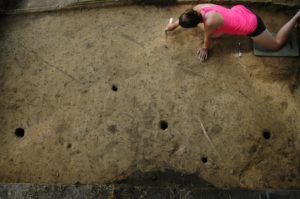
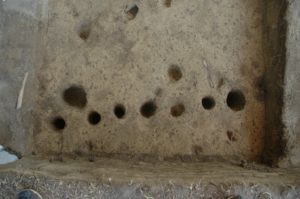

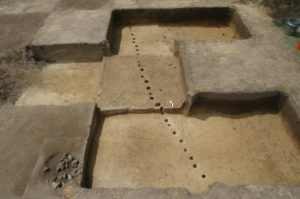
The Law of Superposition is a key concept in archaeology. This law states that artifacts found deeper in the ground are (usually) older than artifacts found closer to the surface. Archaeologists use this concept for relative dating, which is the process of identifying how old artifacts are in comparison to each other. This process is incredibly helpful, since radio-carbon dating only works on objects that are made of carbon and are of a certain age. Even if we can’t tell the exact age of an artifact, we can use the Law of Superposition to figure out whether it’s older or younger than other artifacts from the same site.
Superposition is one of the reasons that context is important in archaeology. Context refers to the place in the soil where an artifact was found, including the depth and the type of soil. Archaeologists separate artifacts by their context. In order to do this, they use a system to differentiate between different layers of soil. Archaeologists mark the beginning of a new layer every time the texture and color of the soil change, or every 10 centimeters, whichever comes first. Each layer gets its own context identification number and documentation. Archaeologists document and photograph their work carefully in order to make sure they are gleaning as much accurate data as possible from the site.
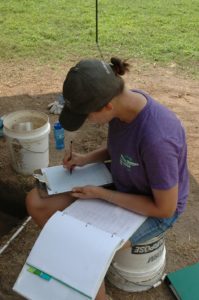
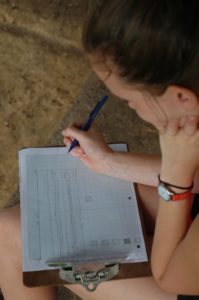
Dirt from each layer is screened separately in order filter out artifacts from the soil. Once these artifacts are bagged, they are brought back to the lab for washing and processing.
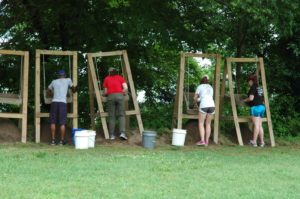
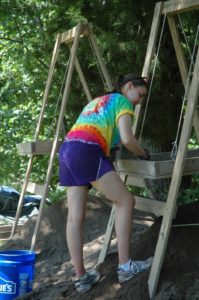
We clean the dirt off the items using water and an old toothbrush. Next, the artifacts are sorted by type and are counted. Artifacts from Kiskiak are sorted into lithics, ceramics, oyster shells, charcoal, and other plant and animal matter. People at Kiskiak ate thousands of oysters, which is why this type of animal matter gets its own category. The inventory data is used to learn about the site and all the human activity that occurred there over time.

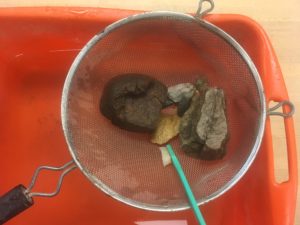
The washing process
Image credits: Dr. Martin Gallivan and NWSY